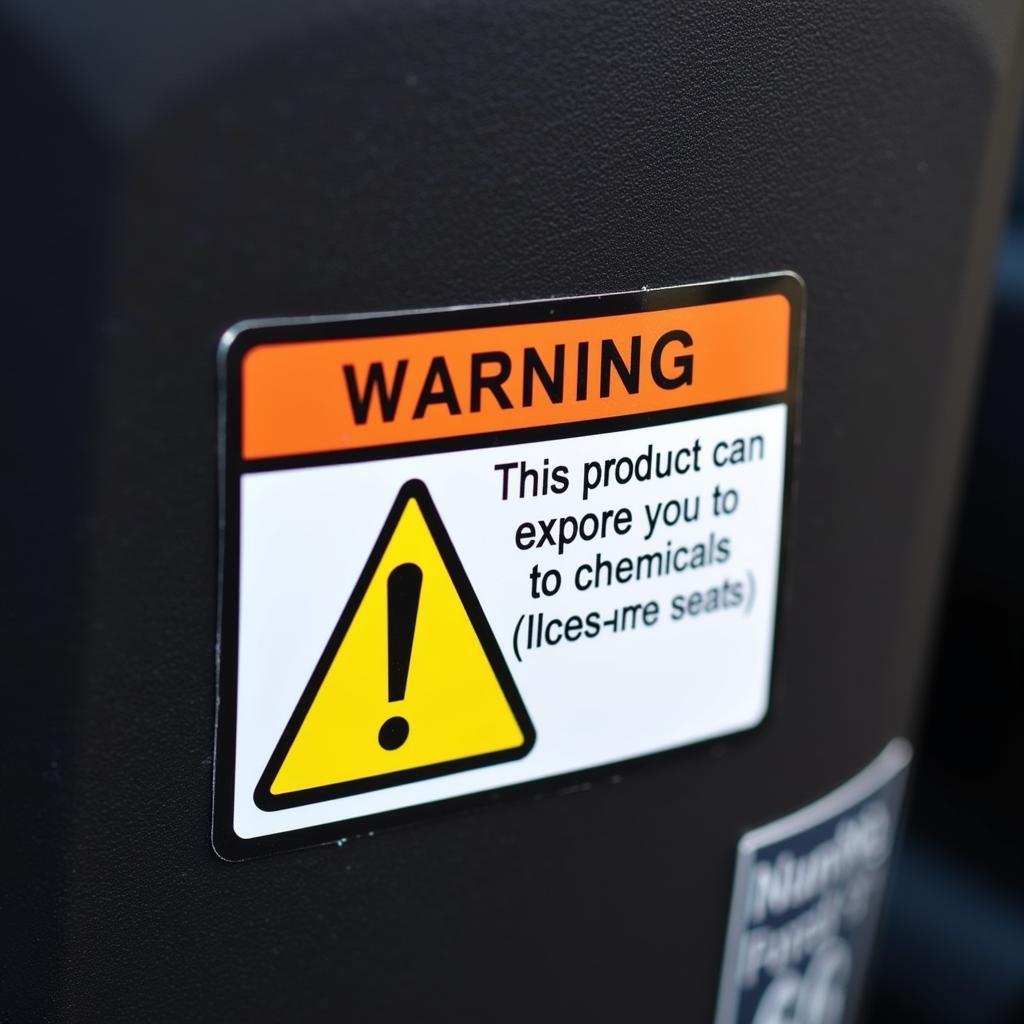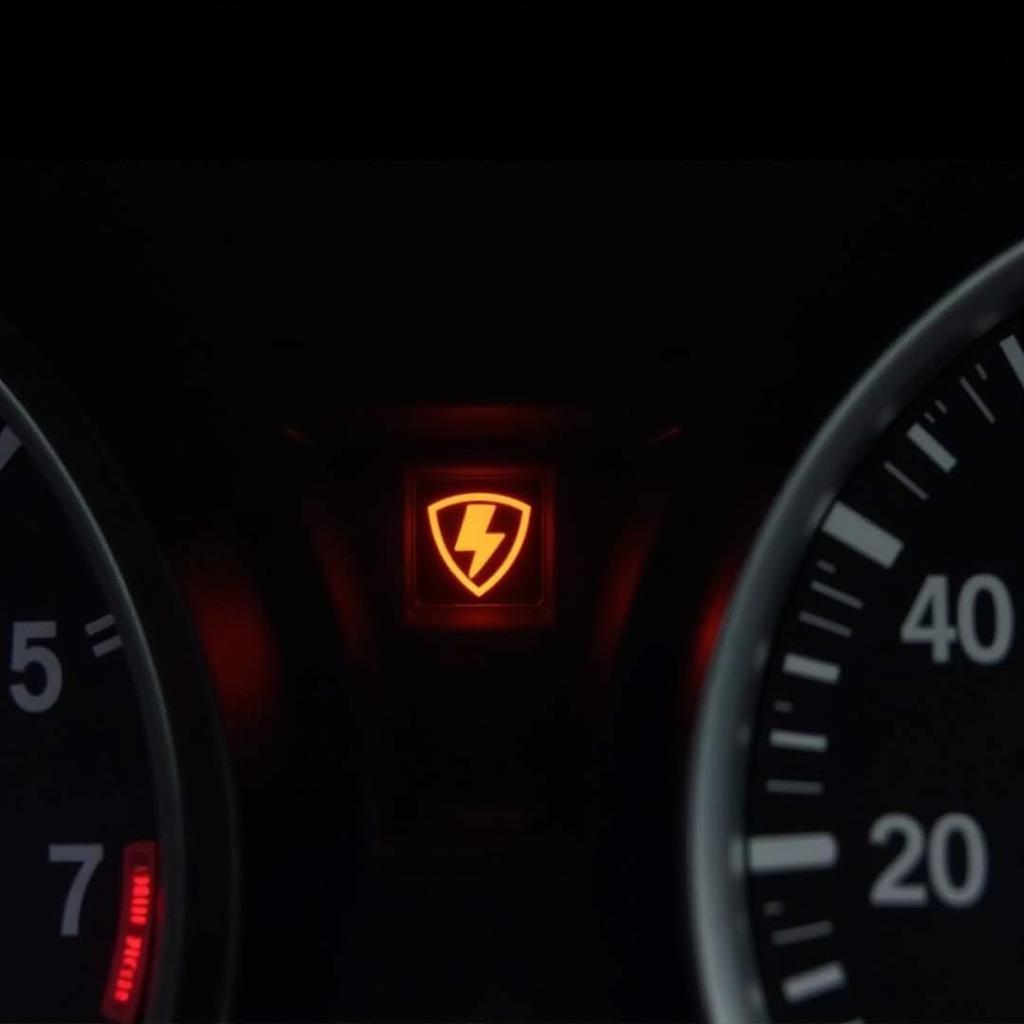Experiencing car key fob troubles? You’re not alone. A malfunctioning key fob can be frustrating, leaving you stranded and unsure of what to do next. Whether you have a new key fob that needs programming or an old one that’s stopped working, this guide will walk you through the process of connecting your key fob to your car.
Understanding Key Fob Technology
Before we dive into the how-to, let’s quickly demystify how key fobs work. These handy devices utilize radio frequencies to communicate with your car’s internal computer system. When you press a button on your key fob, it sends a specific signal to the car, triggering actions like unlocking the doors, starting the engine, or even opening the trunk.
Common Reasons for Key Fob Connection Problems
There are a few common culprits behind key fob malfunctions:
- Dead Battery: Just like your TV remote, your key fob relies on a battery to operate. A dead battery is the most common reason for key fob failure.
- Programming Issues: Sometimes, the connection between your key fob and your car can become unsynced, requiring you to reprogram the fob.
- Receiver Malfunction: In some cases, the issue might not be with the key fob itself but with the receiver unit in your car.
- Distance and Interference: While rare, your key fob might not work if you’re too far from your car or if there’s strong electronic interference in the vicinity.
DIY Key Fob Connection Methods
The good news is that many key fob connection issues can be resolved at home without requiring a trip to the dealership. Here are some methods you can try:
1. Check and Replace the Battery
This is the first and easiest step. Most key fobs use a small, coin-shaped battery (like a CR2032).
- Locate the battery compartment on your key fob (usually on the back).
- Use a small screwdriver or a coin to open the compartment.
- Carefully remove the old battery and note its position.
- Insert the new battery, making sure it’s facing the correct way.
- Close the battery compartment securely.
2. Reprogramming Your Key Fob
If replacing the battery doesn’t do the trick, you might need to reprogram your key fob. The exact steps for reprogramming vary significantly depending on the make, model, and year of your vehicle.
Always refer to your car’s owner’s manual for the most accurate instructions. Many manuals provide detailed steps for DIY key fob programming.
Here’s a general outline of the process (keep in mind that these steps are just an example and might not apply to your specific car):
- Get in the Car: Close all doors and have your key fob and car key handy.
- Ignition On/Off Cycle: Insert your car key into the ignition and turn it to the “on” position (without starting the engine) and then back to the “off” position. Repeat this cycle a few times (usually 3-5 times), ending with the ignition in the “on” position.
- Programming Mode: Your car might enter programming mode, indicated by flashing lights, sounds, or a message on the dashboard.
- Press Key Fob Button: While the car is in programming mode, press and hold a specific button on your key fob (usually the “lock” or “unlock” button). You might need to hold the button for a few seconds or until the car responds.
- Repeat for Additional Fobs: If you have multiple key fobs, repeat the process for each one.
- Exit Programming Mode: Once you’ve programmed all fobs, turn the ignition off. Your car should exit programming mode automatically.
3. When to Seek Professional Help
If you’ve tried the above methods and your key fob is still not connecting to your car, it’s best to seek help from a professional. This is especially true if:
- You’re uncomfortable with DIY car repairs.
- You can’t find the reprogramming instructions for your specific car model.
- You suspect the issue might be with the car’s receiver unit.
A qualified automotive locksmith or your car dealership can diagnose and fix the problem for you.
Tips for Preventing Future Key Fob Problems
- Regular Battery Checks: Replace your key fob battery every 2-3 years to avoid unexpected failures.
- Protect Your Key Fob: Avoid exposing your key fob to extreme temperatures, moisture, or physical damage.
- Keep Away from Interference: Strong electromagnetic fields (like those near power lines or electronic devices) can interfere with key fob signals.
- Don’t Ignore the Signs: If you notice your key fob acting erratically (e.g., needing to be closer to the car to work), it’s better to address the issue sooner rather than later.
Conclusion
A properly functioning key fob is essential for the convenience and security of your vehicle. While key fob issues can be annoying, they are often easily fixable with some simple troubleshooting. By following the steps outlined in this guide, you’ll be well-equipped to diagnose and potentially fix common key fob connection problems. Remember, when in doubt, always consult your car’s owner’s manual or seek professional assistance.


